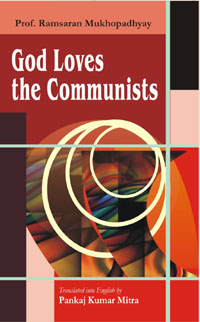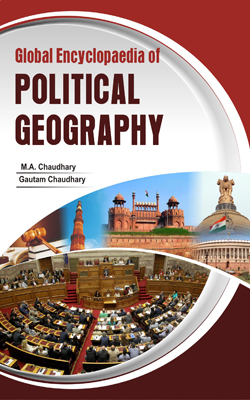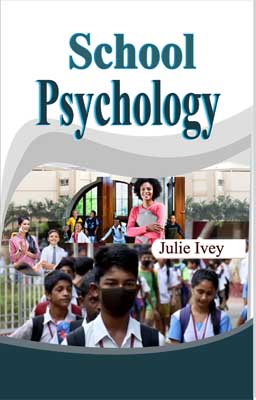Description
About the Book
The communist administrations around the world were modelled on proletariat dictatorship, but soon became the citadel for a coterie of powerful leaders who through the fruits of power gradually ensured that the control of these administrations remained in the hands of a favoured few. The proletariat began to be controlled by these coteries, and the administrations began to behave like the normal capitalist system, with a few more rigours and state controls. Soon the common people realised that they were back in the capitalist system but without the freedom of expression and competition. First the USSR broke up into separate independent states, and then the people in each of these states have been vying for individual expression and freedom of thought, to enjoy the fruits of development and modern technology. The contents of the original text of this book are therefore still relevant, despite the dismantling of the communist administrations and a gradual migration of these to free enterprise and open economies.
About the Author
Born in 1936 on Durga Panchami, to an established Bengali Hindu Brahmin family who originated in the District of Hoogly and then settled in Baghda in Purulia District of West Bengal, Prof. Ram Saran Mukhopadhyay finished his Matriculation Examination from the Radha Charan Academy, Laulara, as a school topper, and then moved to Calcutta to pursue further studies under the shelter of Jagatguru Paramhansa Jnanananda Maharaj in the latter’s Ashram in Kolkata. He finished his Intermediate Science from Vidyasagar College, Graduation from Shrish Chandra College and completed his Masters Degree (Political Science) from the University of Calcutta. After this, he took up some teaching assignments in rural Bengal, worked in LIC, Bengal Engineering College in the administrative department, and then finally took on a lectureship in Khiderpur College, where he progressed and retired as the Head of the Political Science Department, and also held some administrative positions. He was also Head Examiner for Political Science in Calcutta University. He was also the Secretary of West Bengal College Teachers Association (South Section). Since he lived in the Ashram to pursue his academic career, he was able to associate with Paramhansa Jnanananda Maharaj from a very young age and his became a disciple and one of his most trusted followers. His grandmother, father, and mother were all disciples of the Jagatguru. Through this association, he on the advice of his Guru, penned the preaching of Paramhansa Jnanananda Maharaj in “Sahaj Sadhan”, and then wrote the first edition of his Guru’s life sketch, both in Bengali. He honed his literary skills by single-handedly publishing a monthly magazine “Maramiya”, which carried articles and writings of many of the literary stalwarts and philosophers of the time. Through this monthly paper, he published his essays on his first original theosophical work tracing the history of the development of Man to his present state and environment. This was later collated and published as a book entitled “Bhagaban Communist der Bhalo Bashen” in Bengali, in December 1986. Subsequently, he wrote the complete life sketch of Paramhansa Jnanananda Maharaj. He went on to write “Jagatguru Paramhansa Jnanananda Maharaj er Upadeshamrita” which contained the Guru’s preaching and teaching. He then compiled “Swaran Sangeet” a book containing songs composed by Jnanananda Maharaj, and also by Prof. Mukhopadhyay.
Prior to his demise in 1976, the Jagatguru Paramhansa Jnanananda Maharaj gave Prof. Mukhopadhyay the Siddhi Mantra. He as the representative (pratibhu) of his Guru started giving Diksha in the year 1977. Today he has several disciples spread across Bengal and some parts of India in the West, North, and South. Since retirement from his active teaching profession in college, he has dedicated himself entirely to the propagation of the preaching and teaching of Jagatguru Paramhansa Jnanananda Maharaj. He has presently embarked on the project of setting up the Jnanananda Institute of Social Service (JISS) at Gangadharpur, Dist. Howrah, West Bengal. He was married to the eldest granddaughter (since deceased) of Paramhansa Jnanananda Maharaj, and was one of the trustees appointed by him to look after all the ashrams created by the Jagatguru, spread across West Bengal. He has three sons each one established in his own walk of life, and four granddaughters.











Reviews
There are no reviews yet.